Growing Bookworms: Teaching your child to read
Posted: June 10, 2020 Filed under: Books, Children's Books, Growing Bookworms, Reading | Tags: Children's Books, Growing Bookworms, Reading, teaching reading, Writing to be Read 59 Comments
Growing Bookworms
When my son, Gregory, was a small lad, he was eager to learn how to read as quickly as possible. He became positively frustrated because he was not able to read. Our local protocol is that children only start learning the alphabet in grade 0 (reception) and learning to read in grade 1 (the year they turn 7). Greg was only 5 when his inability to read became a problem for him.
I decided to start trying to teach Greg to read myself, after all how hard could it be … I’d been reading since I was 5 years old and I have two degrees and a great deal of determination. Well, it turned out to be a little more difficult and complex than I anticipated. We did get there in the end, but I am sure the path to success would have been easier if I have followed a few simple steps up front.
The four main steps in teaching a child to read are as follows:
- Making them aware of the written word all around them;
- Teaching your child about the different sounds – phonemic awareness;
- Teaching your child, the letters of the alphabet and the sounds related to each letter phonics;
- Demonstrating to your child how the different sounds fit together to form words.
Awareness of the written word
Pointing out word usage in your immediate environment helps your children understand the purpose of words and reading, and their usefulness in society. When I drove my children around, I always pointed out road and other signs to my boys. I also pointed out newspaper sellers who sold newspapers that people read and always took them into bookstores so they could see the books. We also had lots of books at home which I read to my sons every day, sometimes for up to two hours. I can remember taking two-year-old Greg with me to the obstetrician and my sitting and read to him for between 2 and ½ and 3 hours. Last time I visited, the receptionist still remembered my son as “the boy who sat and listened to stories for three hours.”
As a result of my efforts, my boys came to appreciate the purpose of reading and writing as an important communication tool. This led to both demonstrating a keen interest in learning how to read.
Awareness of sounds
There are lots of different ways to help your children become aware of sounds. The methods my boys and I enjoyed the most were singing nursery rhymes and songs and playing “Eye spy” in the car.
There are other fun games you can play with your child including the following:
- Making up songs and poems using different rhyming words;
- Listening games where children close their eyes and identify a sound such as crumpling paper;
- Playing with words to see if you child can identify the error, for example saying let’s stay instead of let’s play;
- Play dancing, clapping and stamping games;
- Reading rhymes and sentences that use alliteration and assonance.
Phonics
This is a method of teaching children to read by linking sounds (phonemes) and the symbols that represent them (letter groups).
You can find some great step-by-step information on teaching children phonics here: https://www.theschoolrun.com/phonics-teaching-step-by-step
There are lots of fun YouTube videos to help you teach children Phonics.
Blending sounds
Children need to be familiar with the blending of sounds to form words before they can read. One of the best ways of demonstrating the blending of sounds is by reading repetitive books and rhyming books.
My boys loved the Poppy and Sam Farmyard Tales books and the Dr Seuss books. I read these to them repeatedly until they could point out the words and say them because they had memorised the books.
You can purchase the Poppy and Sam Farmyard Tales books here: Amazon US
You can purchase the Dr Seuss books here: Amazon US

Other methods I used to familiarise my children with words and sounds were letting them listen to audio books, they loved the Roald Dahl books and listened to these repeatedly. I think I still know most of them off by heart.
Michael was a sickly boy and was off school for over 40 days per year during his first years of schooling. During these long periods of convalescence at home, he listened to a huge array of audio books including many of E Nesbit’s books including The Railway Children and Five Children and It. He also listened to all the Famous Five books by Enid Blyton and even some non-fiction books about Romans, Vikings and mythology.
My oldest son is an enthusiastic and copious reader and recently read 1984 by George Orwell. He has Cry the Beloved Country by Alan Paton next on his list.
Michael isn’t as fast or advanced a reader as Greg, but he still reads every day and enjoys reading. I think my efforts to instil a love of reading in them have played a bit role in their attitudes towards reading.
Did you teach your children to read? What methods did you use?
About Robbie Cheadle

Hello, my name is Robbie, short for Roberta. I am an author with six published children’s picture books in the Sir Chocolate books series for children aged 2 to 9 years old (co-authored with my son, Michael Cheadle), one published middle grade book in the Silly Willy series and one published preteen/young adult fictionalised biography about my mother’s life as a young girl growing up in an English town in Suffolk during World War II called While the Bombs Fell (co-authored with my mother, Elsie Hancy Eaton). All of my children’s book are written under Robbie Cheadle and are published by TSL Publications.
I have recently branched into adult and young adult horror and supernatural writing and, in order to clearly differential my children’s books from my adult writing, I plan to publish these books under Roberta Eaton Cheadle. My first supernatural book published in that name, Through the Nethergate, is now available.
I have two short stories in the horror/supernatural genre included in Dark Visions, a collection of 34 short stories by 27 different authors and edited by award winning author, Dan Alatorre. I also have three short stories in Death Among Us, a collection of short murder mystery stories by 10 different authors and edited by Stephen Bentley. These short stories are all published under Robbie Cheadle.
I have recently published a book of poetry called Open a new door, with fellow South African poet, Kim Blades.
Find Robbie Cheadle
Blog: https://bakeandwrite.co.za/
Blog: robbiesinspiration.wordpress.com
Goodreads: Robbie Cheadle – Goodreads
Twitter: BakeandWrite
Instagram: Robbie Cheadle – Instagram
Facebook: Sir Chocolate Books
***Just a note here, since Robbie is so modest. She has five stories of dark fiction coming out in anthologies during October in 2019. “The Siren Witch”, “A Death Without Honour”, and “The Path to Atonement” will appear in Dan Alatorre’s Nightmareland horror anthology, and “Missed Signs” and “The Last of the Lavender” will be featured in the WordCrafter paranormal anthology, Whispers in the Dark.
Want to be sure not to miss any of Robbie’s “Growing Bookworms” segments? Subscribe to Writing to be Read for e-mail notifications whenever new content is posted or follow WtbR on WordPress.


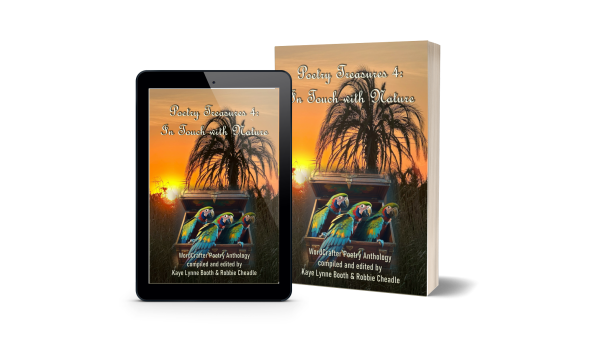
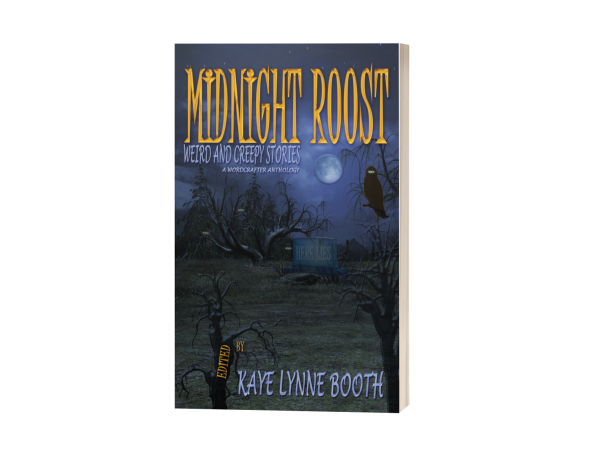




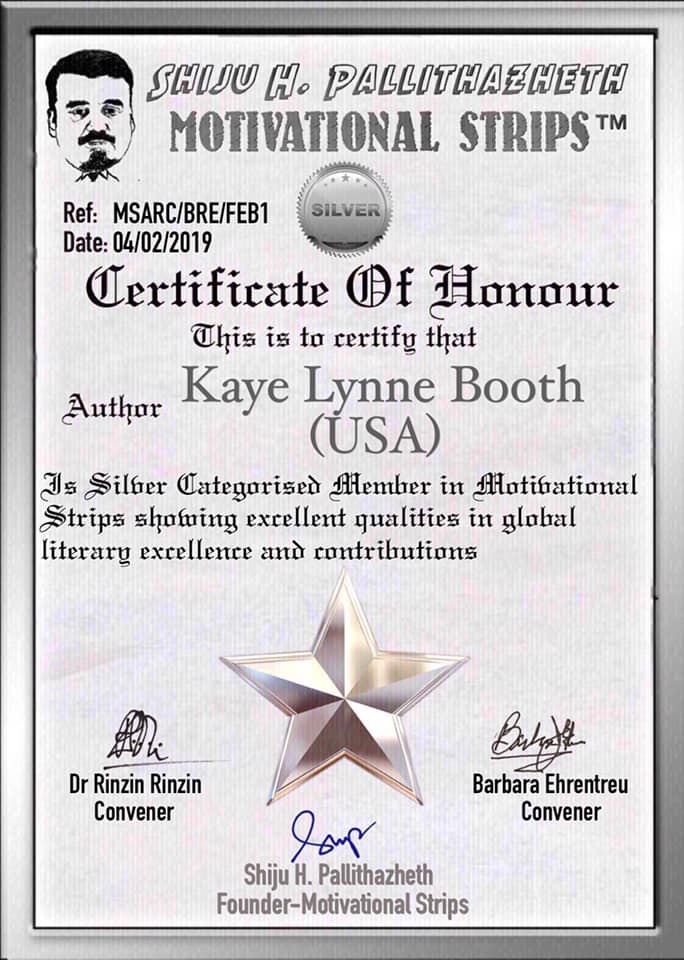
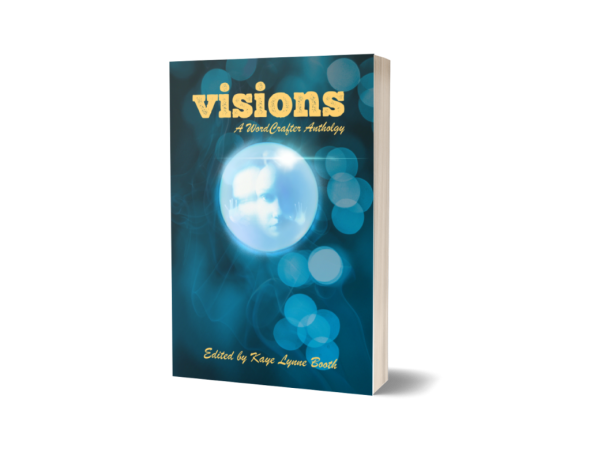


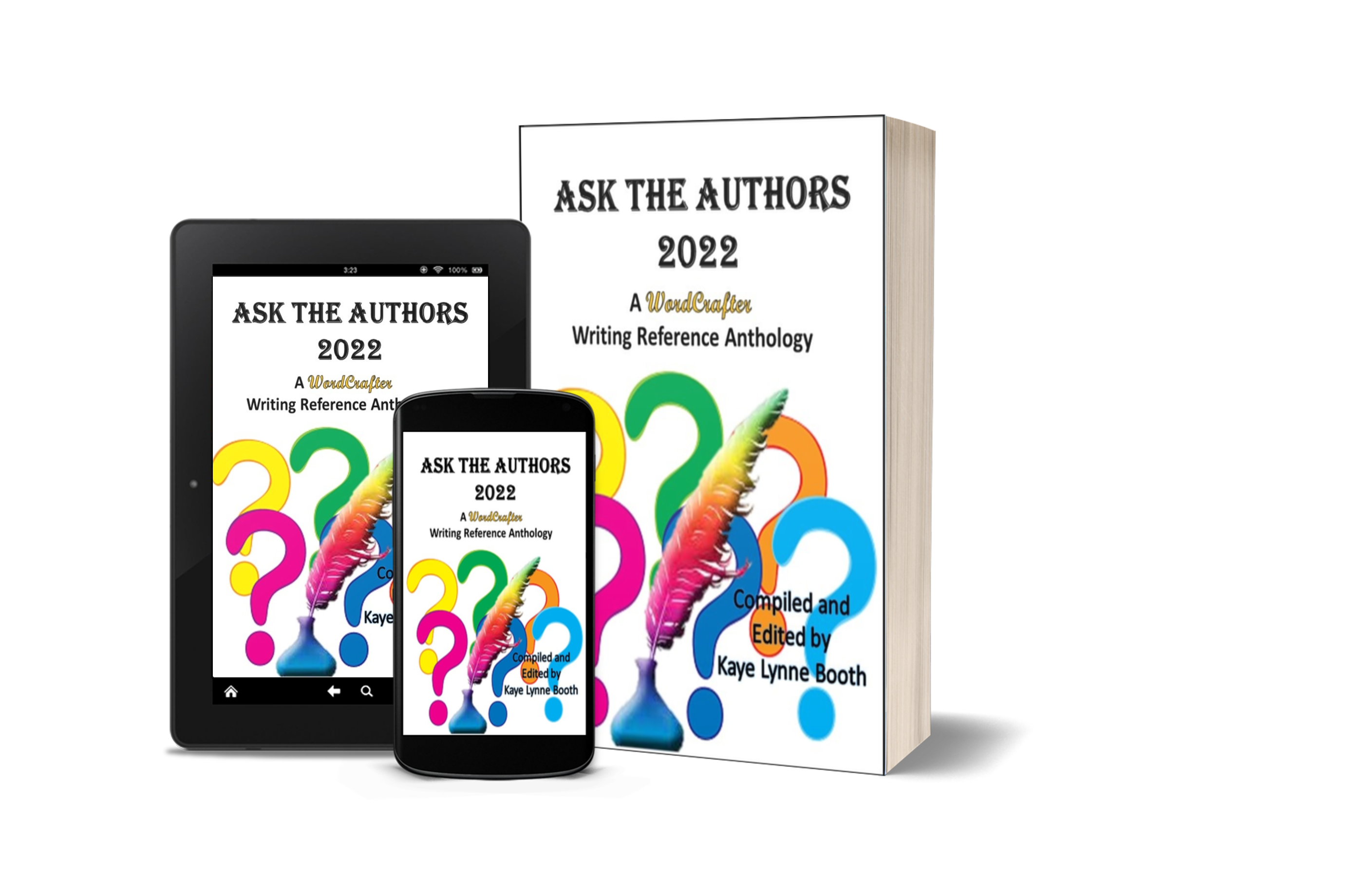

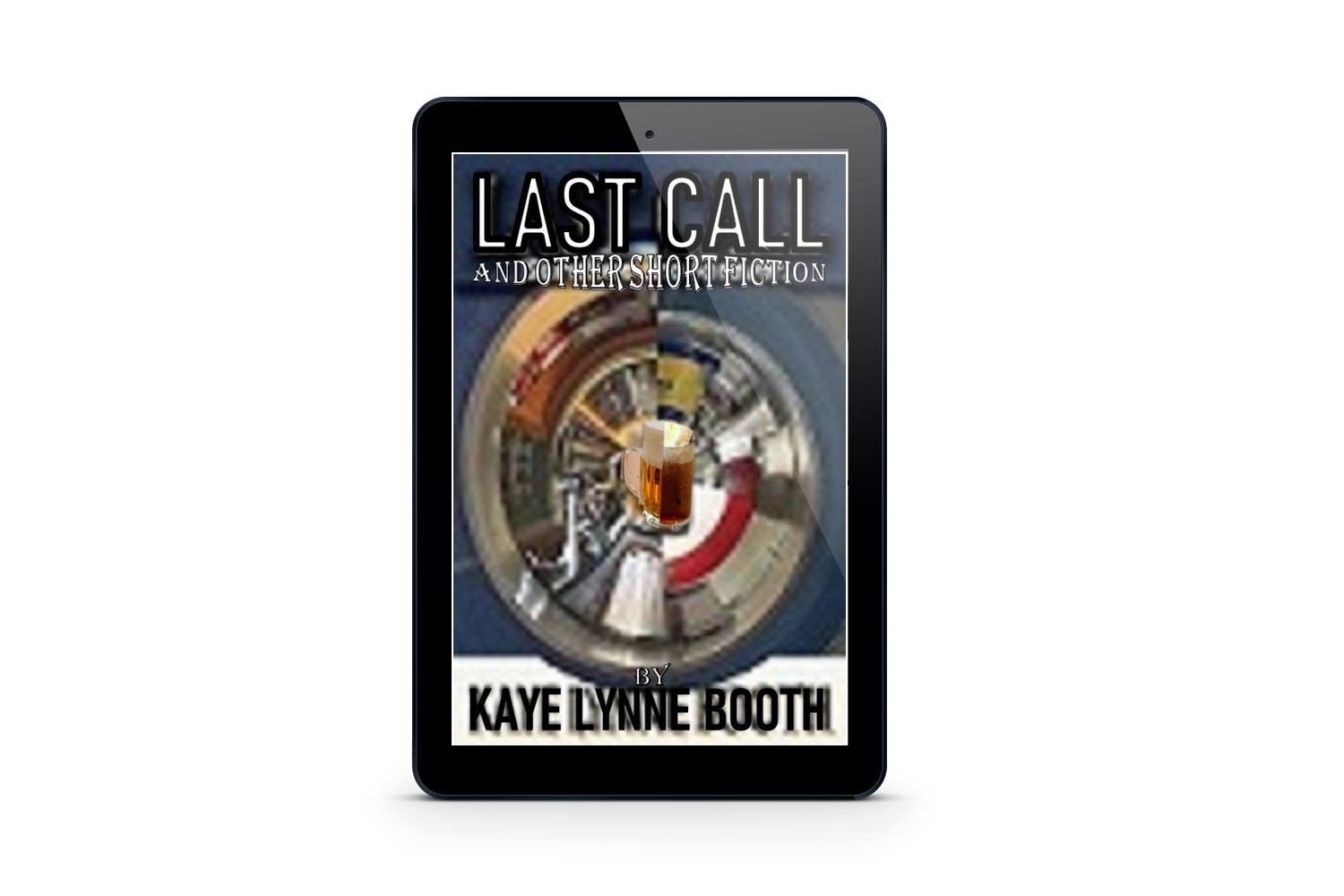
Reblogged this on Robbie's inspiration and commented:
I am over at Writing to be Read with a post about teaching your child to read. My oldest son, Greg, was my experiment when it came to teaching a child to read and I forgot to start by teaching him the alphabet. It’s a good thing he’s quite smart.
LikeLiked by 1 person
This is wonderful, very comprehensive advice Robbie. I had to help teach my daughter to read as she found the method used at school then was not helping her, despite being very smart. I found phonics fantastic. Thank you so much for this – and thanks also to Kaye. Toni x
LikeLiked by 2 people
Thank you for visiting here, Toni. It is my pleasure to have Robbie on the “Writing to be Read” team. She always has interesting and useful ideas to share. “Growing Bokkworms” has been a welcomed addition to the blog.
LikeLiked by 2 people
Thank you for visiting and commenting, Toni. The schools in South African no longer use phonics to teach children to read. They now have to memorise sight words. That method didn’t work for either of my sons either.
LikeLiked by 2 people
Wonderful, Robbie! Sharing… 🙂
LikeLiked by 2 people
Thank you, Bette. I appreciate your visit and share.
LikeLiked by 2 people
I am sure it must have been a hard task or constant work.
LikeLiked by 2 people
Hi Valentina, children are generally a lot of hard work. The more you put in though, the more you get out. Just like everything in life, really.
LikeLiked by 2 people
It is a needed work to create good people for the future society. You are a great mom.
LikeLiked by 2 people
Thank you, Valentina.
LikeLiked by 2 people
Reblogged this on Stevie Turner and commented:
I’ve re-blogged Robbie Cheadle’s post because I agree with what she is saying, and I’d like to add that I taught both my sons to read before they went to school. From about the age of 2 and a half I sat them down with me for about 5 minutes each day (their concentration skills were limited!). On the first day I started with ‘A’, and taught them the sound that ‘A’ makes and how it’s written. The second day I went over what I’d said the previous day. On the third day I repeated the info about ‘A’ and started on ‘B’. This carried on for about a year. It was only when they’d learned the sounds that all the letters made that I then began showing them simple Ladybird reading books. Their little brains were like sponges. When they saw the books they already recognised the letters, and by the time they were 4 they were fluent readers. I don’t have a degree to my name unfortunately, but without knowing what sounds the letters make, I have no idea how children would learn to read.
LikeLiked by 2 people
Thank you for sharing, Stevie. I am so pleased you have added your own teaching experience here. Strangely, I love teaching my boys and other children but am not a fan of instructing in my work environment. I think it is all about attitude.
LikeLiked by 2 people
Or perhaps you relate better to children?
LikeLiked by 2 people
You may be right about that Stevie. I am very fond of children and cats.
LikeLiked by 2 people
Being able to read and having a love of reading is a priceless gift that parents give their children. Your children are very fortunate to have a mum who encouraged their love of words, books and reading and a deep curiosity about the world.
LikeLiked by 3 people
Thank you, Norah. I suspect that people who love reading themselves pass this on naturally to their children. If I hadn’t been a reader, I don’t know how I would have survived some of the tougher periods in my life. It is wonderful that books can take you out of yourself and lift you up.
LikeLiked by 2 people
Those are very true words, Robbie. Books are my escape and my saviour.
LikeLiked by 2 people
Mine too, Norah.
LikeLiked by 2 people
We are a family of readers, and when our kids were young we read many, many books to them. Our oldest son became an avid reader at a young age, our middle son it took a while, but once he entered his early twenties, he’d couldn’t stop reading, and probably reads more than any of us now. And our youngest son loves reading shorter pieces found in magazines and on the web.
LikeLiked by 2 people
My family are also all readers, Jim. The younger generation have their own ways of reading and experiencing stories but that doesn’t make them less meaningful.
LikeLiked by 2 people
I agree; my wife and I are just happy that they all enjoy reading…
LikeLiked by 2 people
Good layman’s approach to learning to read. Really, you don’t have to be a teacher to teach it!
LikeLiked by 2 people
That is true, Jacqui, but it helps to follow the correct steps. Lucky for Greg, he managed to learn despite my mistakes. I was better when it came to Michael and we read together until he was 12.
LikeLiked by 1 person
Great post Robbie thanks! Also, setting an example to one’s kids if they see mum and/or dad reading and getting pleasure out of it!
LikeLiked by 2 people
HI Susan, I agree. If parents love reading and children see them reading it sets the tone for their own interest to develop. That is one of the problems with reading in South Africa, a lot of people don’t or can’t read in English and that makes it so much harder for their children.
LikeLiked by 2 people
Brilliantly explained! While I have no children of my own, I will always believe that it was the fact that my parents read to us from infancy, that sparked our interest in loving to read!
LikeLiked by 2 people
HI Annette, that is definitely true. Parents set the example and spark the interest in reading and general learning.
LikeLiked by 2 people
In some ways I “taught” my children to read by reading to them as soon as they could sit up by themselves – 3 months? Well, actually, sooner than that, because I read non-stop when I was nursing both of my kids. Books were not a ‘thing’ to them – books were just another limb. From there, they seemed to pick up reading quite easily. Maybe even before they learned the alphabet. 🙂
LikeLiked by 2 people
I was the same with mine, Pam. I read to my children while I fed them. I used to read to Greg while Michael was fed. They both read and that makes me very happy.
LikeLiked by 2 people
And it made/makes them happy too! 🙂
LikeLiked by 2 people
Excellent piece, Robbie! The most important thing is to have engaged parents who put value in reading. I read with my son through sixth-grade. Not only did it help him become a better reader, but it was a fantastic father/son time that we both looked forward to each night. When children see their parents reading, it teaches them that reading is fun and important.
LikeLiked by 1 person
I stopped reading with Greg when he was 7. He started reading copiously on his own and didn’t “need” me anymore. I read with Michael until he was 12. We used to alternate reading as Michael is a slow reader and it helped him get through the book quicker so he didn’t lose interest. Michael has a processing problem so he will always read slower than Greg and I, but he is a good reader in his age group so it just goes to show you that persistence and attitude overcome a lot.
LikeLiked by 1 person
Lovely post
LikeLiked by 2 people
Thank you, Bella.
LikeLiked by 2 people
It’s been so long since I learned how to read, it was fun to read your post and remember the challenges and rewards of “sounding it out.”
LikeLiked by 2 people
I don’t remember learning how to read at all, LIz. It is like I always could read. I can remember choosing books to read from the library when I was very young. I know there must have been a learning to read process involved, but I really don’t remember anyone actually teaching me.
LikeLiked by 2 people
I remember very clearly learning how to read in the first grade. I was very frustrated with how slowly it went. My mother ended up giving me more challenging books to read and helping me “sound out” the words I didn’t know.
LikeLiked by 2 people
It was like that with Greg, Liz. He has always been an advanced reader.
LikeLiked by 2 people
That ability will stand him in good stead.
LikeLiked by 1 person
Lovely post, Robbie. You’ve made the process of teaching a child to read sound like a joy,
LikeLiked by 2 people
Follow up: I meant to say the process you discovered makes teaching a child to read sound like joy.
LikeLiked by 2 people
Hi Rob, I think teaching a child to read is a rewarding and joyous process. I enjoyed doing this with my own children and I enjoyed teaching other children too. When they are young, they are so open to learning and so enthusiastic. The trick is keeping that enthusiasm and joy alive as they enter and transverse the difficult teenage years. It is lovely to see you back on WP.
LikeLiked by 2 people
My grandmother taught me to read when I was five. She gave me a head start and a gift that lasted a lifetime. It’s good to be blogging again. I had to regain my focus.
LikeLiked by 2 people
You had a wonderful Grandmother. I am glad you have your focus back ❤️
LikeLiked by 1 person
Thank you for the very good advice, Robbie! Love the four point you mentioned. Will spread the word. Best wishes, be well and stay save. Michael
LikeLiked by 2 people
Thank you, Michael. I am glad you liked these points and will share the word. It is great for parents to get advice on teaching, especially now when lots of children are still home schooling. You also stay safe and well. Hugs.
LikeLiked by 2 people
Thank you too, Robbie! Yes, in these days most parents need a guideline who to act with their children. Since we here in Germany have this “day over schools” one are seeing their children only three or four hours per day. Sometimes this remembers me on the school system in the German Democratic Republic, or some other socialist states. 😉
LikeLiked by 1 person
Brilliant Robbie. Just more of you being such a great parent. ❤
LikeLiked by 2 people
Great post, Robbie. I don’t have any children, although recently I’ve been reading a lot of books on teaching, and as is the case with everything, there are a lot of different theories on how we acquire language and how we learn. Some people learn better by listening, others visually, others by doing (kinetic) and others by reading and writing, but most of us don’t learn what type we are until later in life, so a combination of approaches is ideal. From what my parents have always told me, it seems that I was eager to learn to read from very early on, and I kept pestering them to tell me what all notices, signs, and anything written said. I’m still the same, but thankfully now I can read it myself.
LikeLiked by 2 people
I was also like that, Olga, and I more or less taught myself to read using this method. I have two children but no formal education on teaching although I have attended course due to my work and my need to train others. Teaching kids is much more rewarding and fun.
LikeLiked by 1 person
Another great post Robbie. Whether someone is trying to teach their child to read or not, these are great tips for any parent to do things with their children. I did not set out to teach my children to read, but before they started school, they knew the letters, their sounds. how to write their names and some basic letter blending. They are both readers and have been all their lives.
LikeLiked by 2 people
Thank you, Carla, I think a lot of parents teach their children the alphabet and to count just as a natural part of their interaction with their kids. Also colours and animals. It give children such an advantage to know theses things when they start school.
LikeLiked by 2 people
Excellent advice, Robbie. And it doesn’t matter how fast Michael reads – he enjoys it and does it every day, that’s what’s important. My youngest was behind in his reading in first grade and after I worked with him, he was reading on a fifth grade level by the end of the year. He enjoys reading more than my oldest.
LikeLiked by 2 people
My oldest is an advanced reader, Teri, and reads books like 1984 so he can give me his very strong opinions 😉. Michael reads fun books.
LikeLiked by 2 people
Hi Robbie! I thought I saw an email from you about Day 8 Book Tour, but IT HAS DISAPPEARED. Please resend or let me know about tomorrow’s guest post on my blog… THANKS! ❤ xo
LikeLiked by 2 people
Hi Bette, I have resent the email. Rascal the Kitten are the correct pictures. I made a mistake in the introductory paragraph which should refer to Rascal and not to Two-Tone. Thanks so much for checking, Bette.
LikeLiked by 2 people
Awesome, Robbie! Looking forward to your visit tomorrow! ❤ xo
LikeLiked by 1 person
Reblogged this on quirkywritingcorner.
LikeLiked by 1 person
[…] the Valentine Toffee Cupid“, the benefits of singing and rhyming verse for children, “Teaching Children to Read“, “Introducing Non-Fiction to Children“, “The Future of Education“, […]
LikeLike